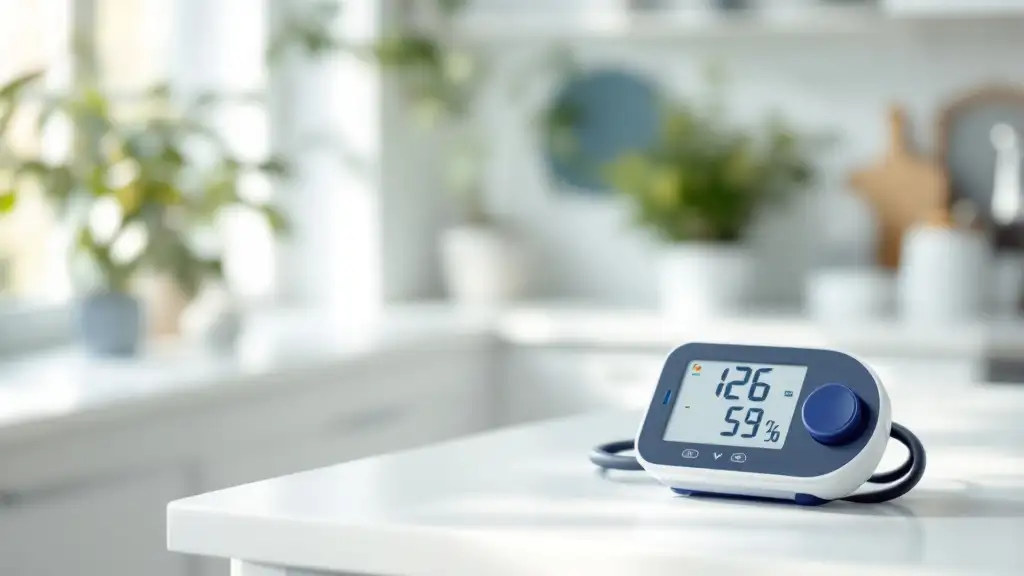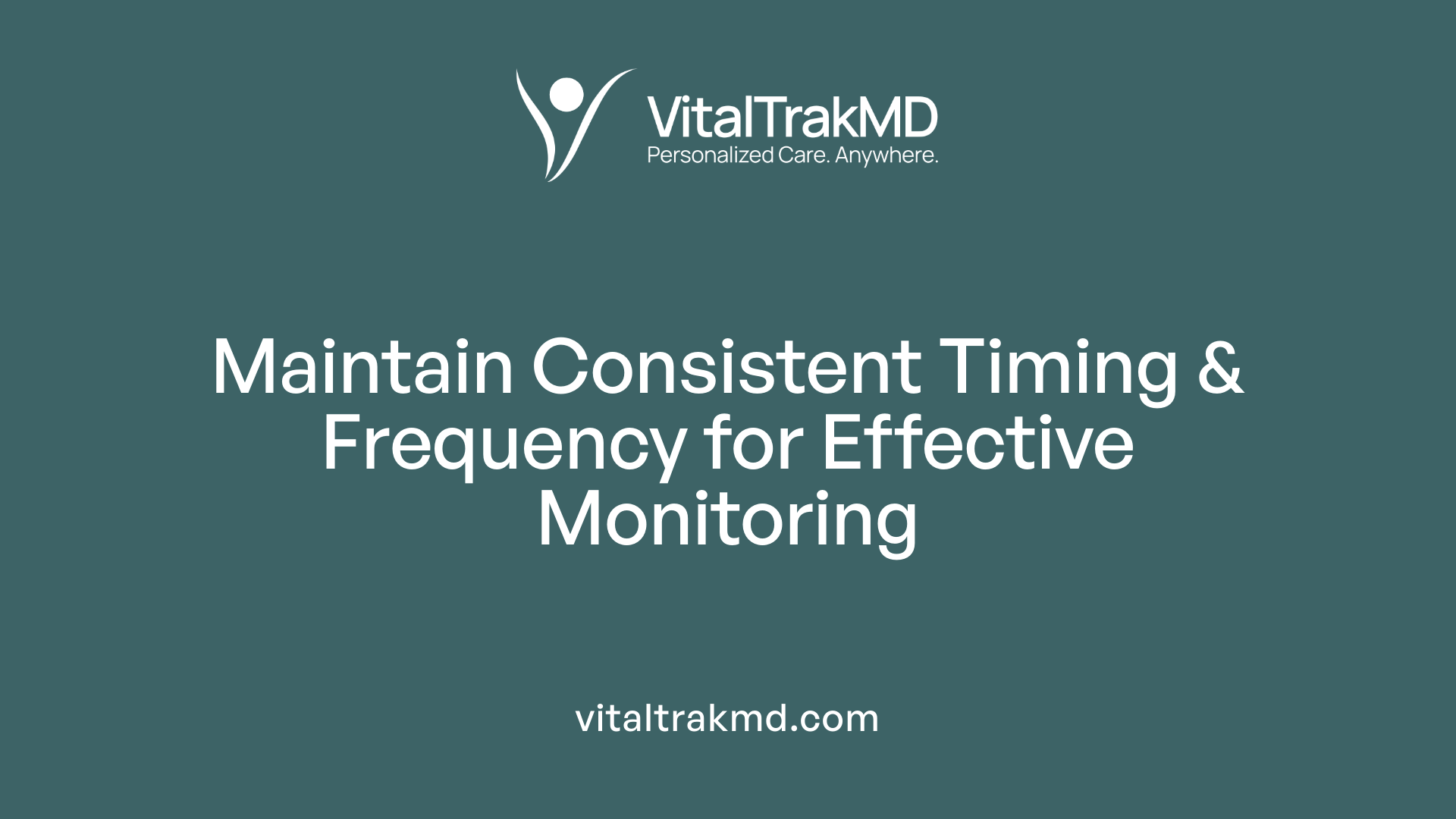Common Pitfalls in Managing Hypertension at Home

Understanding the Risks of Poor Blood Pressure Monitoring and Lifestyle Management
Hypertension, often called a 'silent killer,' can damage blood vessels without noticeable symptoms. Effective management hinges on accurate blood pressure measurement and lifestyle choices. Home monitoring provides essential insights, but many pitfalls can hamper this process. This article explores common mistakes to avoid and strategies to improve blood pressure control from the comfort of your home.
Ensuring Accurate Blood Pressure Measurement

Proper Technique in Measuring Blood Pressure
Accurate blood pressure readings depend heavily on proper measurement techniques. Patients should sit quietly for at least five minutes in a calm environment before taking a reading. The back should be supported, and feet should rest flat on the floor without crossing. The arm used for measurement must be supported at heart level, with the cuff wrapped snugly around bare skin—clothing can interfere with accuracy.
Patients should avoid talking, moving, or engaging in any physical activity during measurement, as these can temporarily elevate blood pressure. It’s important to support the arm correctly, ensure the cuff is the right size, and inflate the cuff quickly to about 20 mm Hg above the systolic pressure estimate. The cuff should then be deflated at a rate of approximately 3 mm Hg per second.
Taking multiple readings—usually two or three—one minute apart each time, and averaging the results, provides a more reliable assessment. Consistent measurement at the same times daily helps to monitor trends and avoid misclassification.
Device Validation and Cuff Size
Using validated blood pressure monitors is critical for reliable readings. The U.S. Blood Pressure Validated Device Listing (VDL™) provides a list of approved devices that meet accuracy standards. Automated devices are often favored, but they still require regular calibration, especially aneroid gauges, which should be checked against a mercury manometer every six months.
Cuff size is equally important. An incorrect cuff size can lead to significant inaccuracies: too small a cuff may overestimate blood pressure, while a cuff that's too large can underestimate it. The cuff bladder should be about 80% of the upper arm circumference in length and at least 40% in width.
Patient Preparation and Positioning
Preparation greatly influences the accuracy of blood pressure readings. Patients should empty their bladder beforehand, avoid caffeine, nicotine, or alcohol at least 30 minutes before measurement, and refrain from exercise. Sitting comfortably with the back supported and feet flat on the floor helps maintain consistent conditions.
During measurement, the arm should be supported on a flat surface at heart level, with the cuff placed on bare skin above the elbow. Legs should be uncrossed, and patients should avoid talking or moving. Talking during measurement can elevate readings by up to 10 mm Hg.
Timing and Frequency of Readings
Taking blood pressure at consistent times each day—preferably morning and evening—helps identify true blood pressure patterns. Recording two to three readings during each session and logging these over days or weeks allows for more accurate tracking.
Regular monitoring can identify White coat hypertension (elevated readings only in clinical settings) and masked hypertension (normal in clinics but elevated at home). This ongoing data collection aids healthcare providers in making informed decisions about medication adjustments and lifestyle changes.
| Aspect | Recommendations | Details |
|---|---|---|
| Measurement Technique | Sit calmly, support arm at heart level, avoid talking | Proper positioning reduces errors |
| Device Use | Use validated monitors, calibrate regularly | Ensures accuracy and consistency |
| Cuff Size | Match cuff to arm circumference | Prevents over/underestimation |
| Patient Preparation | Rest, avoid caffeine, smoke, exercise before measurement | Minimizes factors that skew readings |
| Measurement Frequency | Same times daily, 2-3 readings per session | Tracks blood pressure trends effectively |
| Recording and Sharing | Log readings and discuss with healthcare provider | Optimizes hypertension management |
Maintaining proper technique and routine at home empowers individuals to monitor their blood pressure accurately. These practices are essential not only for diagnosis but also for ongoing management and prevention of complications related to hypertension.
The Role of Lifestyle Modifications in Managing Hypertension
What lifestyle habits should be avoided to better control hypertension?
To manage high blood pressure effectively, certain lifestyle habits should be minimized or avoided altogether. Excessive sodium intake is one of the most significant factors, as salt causes the body to retain fluid, leading to increased blood pressure. The American Heart Association recommends limiting sodium to less than 2,300 milligrams daily, with an ideal goal of 1,500 milligrams for most adults.
In addition, alcohol consumption should be kept moderate—no more than one drink per day for women and two for men—as excessive drinking can elevate blood pressure.
Smoking also plays a substantial role in worsening hypertension. Quitting smoking improves blood vessel health and reduces overall cardiovascular risk.
Chronic stress and poor sleep quality can further raise blood pressure levels. Managing stress through relaxation techniques, ensuring sufficient sleep (7 to 9 hours per night), and avoiding stress triggers are critical.
Sedentary behaviors, such as lack of physical activity, should be replaced with regular exercise. Maintaining a healthy weight through a balanced diet helps prevent or decrease high blood pressure.
Combining these lifestyle adjustments with consistent blood pressure monitoring contributes significantly to better management and long-term health outcomes.
Key Takeaways for Hypertension Management at Home
Managing hypertension effectively from home requires a combination of accurate blood pressure measurement, consistent monitoring techniques, and healthy lifestyle choices. Avoiding common pitfalls such as improper cuff size, poor positioning, and inconsistent measurement timing ensures reliable readings that can guide treatment decisions. Additionally, lifestyle modifications—including a balanced diet, regular exercise, weight management, reducing salt intake, limiting alcohol, quitting smoking, and stress management—are vital to controlling blood pressure long-term. Regular follow-ups with healthcare professionals and recording blood pressure readings facilitate better management, reducing the risk of serious health complications. By paying attention to these details, individuals can maintain healthier blood pressure levels and improve their overall cardiovascular health.
References
- Mistakes to Avoid When Taking Your Blood Pressure at ...
- 10 ways to control high blood pressure without medication
- How to Manage High Blood Pressure
- Strategies to Reduce Pitfalls in Measuring Blood Pressure
- 7 mistakes that can boost blood pressure readings
- 4 big ways BP measurement goes wrong, and how to ...
- Get the most out of home blood pressure monitoring
Recent articles
Want to Feel Better and Live Healthier?
Join hundreds of patients taking control of their health with personalized care that fits their life – not the other way around.
Rated 4.8/5 by 32+ customers







